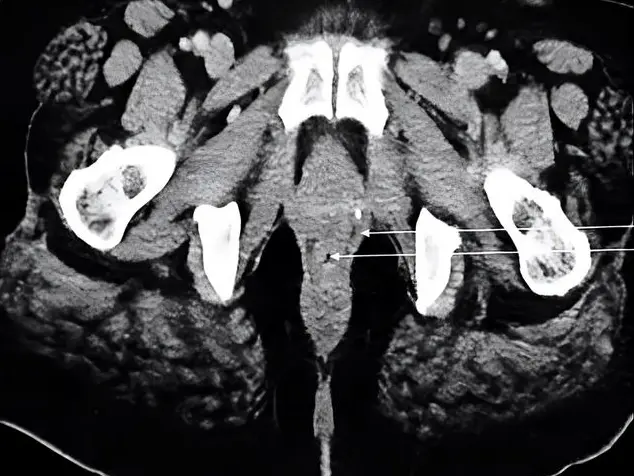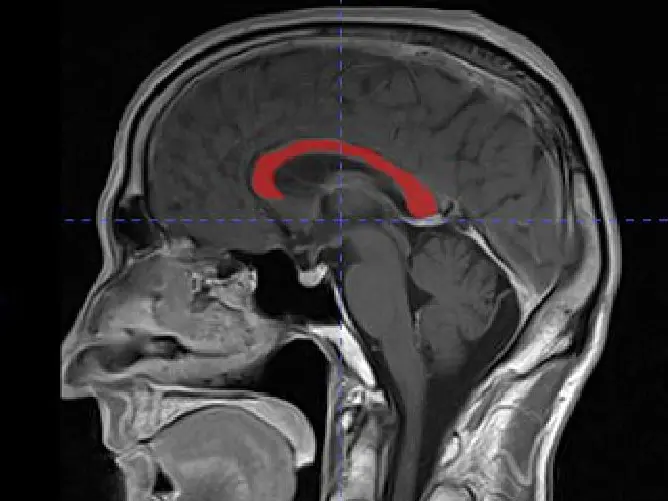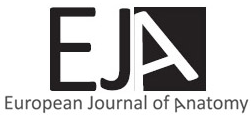The aim of this study was to describe danger zones between the tricuspid annulus and the coronary sinus and the right coronary artery to be considered during tricuspid interventions. Methods: 36 hearts from human adult corpses were dissected. We measured the distance between the middle third of the anterosuperior (anterior) leaflet to the right coronary artery (distance 1), between the anteroinferior (anteroposterior) commissure to right coronary artery (distance 2), between the middle third of inferior (posterior) leaflet to the right coronary artery (distance 3) and between the middle third of the septal leaflet to the ostium of the coronary sinus (distance 4). Distances were compared between right and left coronary dominance. The average distance 1 was 5,32 mm (1-11 mm), the average distance 2 was 3,07 mm (0.5-7 mm), the average distance 3 was 2,53 mm (0.5-12 mm) and the average distance 4 was 8,55 mm (2.5-18 mm). 31 hearts had right dominance, 4 left dominance and 1 co-dominance. We found no statistically significant differences between hearts with right and left coronary dominance at either D1 (5.26±2.55 mm vs 6.62±1.80 mm, p=0.213) or D4 (8.55±3.91 mm vs 11.62±0.95 mm, p=0.064). The highest risk area of injuring the right coronary artery corresponds to the posterior annulus (distance 3). In hearts with left dominance, tricuspid annulus has a safer distance to the right coronary artery and coronary sinus and therefore may present a lower risk of right coronary artery involvement in surgical and endovascular procedures.
Surgical anatomy of the tricuspid valve
Santiago Cubas1,2, Alejandra Garretano1, Ricardo Robaina1, Leticia Vázquez1, Andrés Berke1, Víctor Dayan2
1 Department of Anatomy, Faculty of Medicine, University of the Republic of Uruguay, Montevideo, Uruguay
2 Cardiovascular Center, University of the Republic of Uruguay, Montevideo, Uruguay
SUMMARY
Eur. J. Anat.
, 26
(1):
33-
41
(2022)
ISSN 2340-311X (Online)
Sign up or Login
Related articles
Original article
Original article



